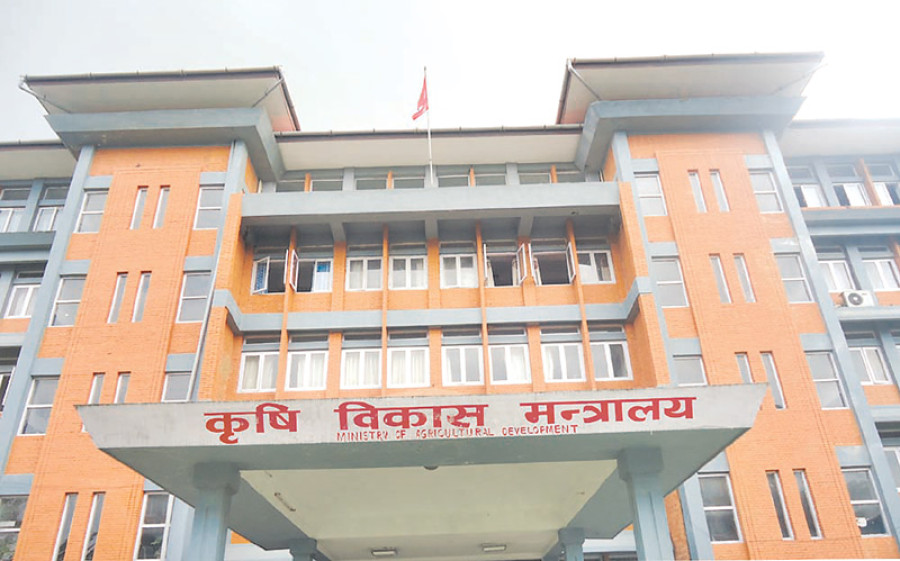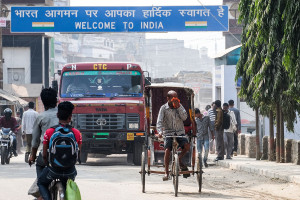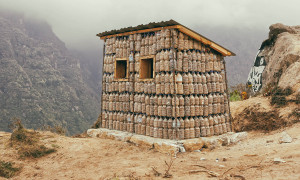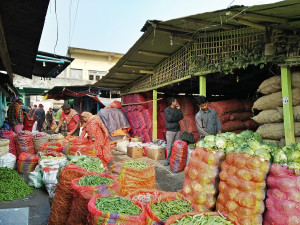Money
31 VDCs classified as highly food insecure
The Nepal Food Security Monitoring System has declared 31 village development committees (VDCs) in four districts in the Western and Central regions as highly food insecure, and that an estimated 34,000 residents require humanitarian assistance due to lasting impacts of the April-May 2015 earthquakes.
The Nepal Food Security Monitoring System has declared 31 village development committees (VDCs) in four districts in the Western and Central regions as highly food insecure, and that an estimated 34,000 residents require humanitarian assistance due to lasting impacts of the April-May 2015 earthquakes.
The system was jointly produced by the Ministry of Agricultural Development and the World Food Programme. The review of the food situation lasted from mid-July to mid-November.
Five VDCs in Dhading, 11 in Gorkha, nine in Nuwakot and six in Sindhupalchok are highly food insecure, the report said. This means that household food consumption gaps are higher than normal in these VDCs, and that they are unable to meet minimum food needs.
These earthquake-affected districts have suffered winter crop losses and road and trail closures from landslides. Besides, sanitation and hygiene are poor.
The report has forecast that from mid-November 2016 to mid-March 2017, no VDC is likely to be classified as severely food insecure. However, the number of VDCs classified as highly food insecure could increase to 46 due to a potential food gap from February to March.
“During these months, food stocks created from summer harvests will be depleted, and they will only be replenished after wheat crops are harvested during the March-April season,” the report said.
Seven VDCs in Bajhang, nine in Bajura, five in Dhading, 18 in Humla and seven in Kalikot might be classified as highly food insecure during the period mid-November 2016 to mid-March 2017.
The report has classified Nepal’s food situation into four categories—minimally food insecure, moderately food insecure, highly food insecure and severely food insecure.
Overall, 31 VDCs have been classified as highly food insecure, 175 VDCs as moderately food insecure, and 3,159 VDCs and municipalities as minimally food insecure.
According to the report, the food security situation in many districts of the Mid- and Far Western regions has improved.
This was made possible by wheat and barley harvests, particularly in the mountain areas of Humla, Dolpa, Jumla and Darchula, from June-October; maize and millet harvests from August-October and income from sales of apples in Jumla, Mugu, Dolpa and Humla.
Food security had deteriorated in these regions from November 2015 to July 2016 as a result of poor summer harvests in 2015 and a winter drought in 2015-16.
However, a large number of VDCs are still classified as moderately food insecure in Dolpa, Humla, Mugu, Bajura and Kalikot districts.
The report has also classified a large number of VDCs and municipalities in 15 districts as moderately food insecure.
Households here are able to meet minimum food needs with traditional coping strategies, but they are unable to afford some essential non-food expenditures without engaging in irreversible coping strategies.




 7.12°C Kathmandu
7.12°C Kathmandu













